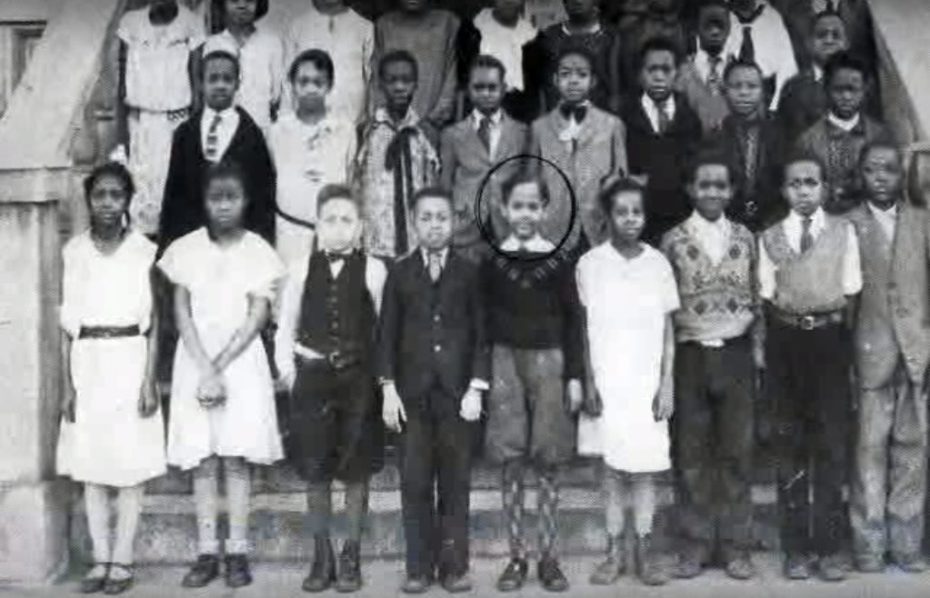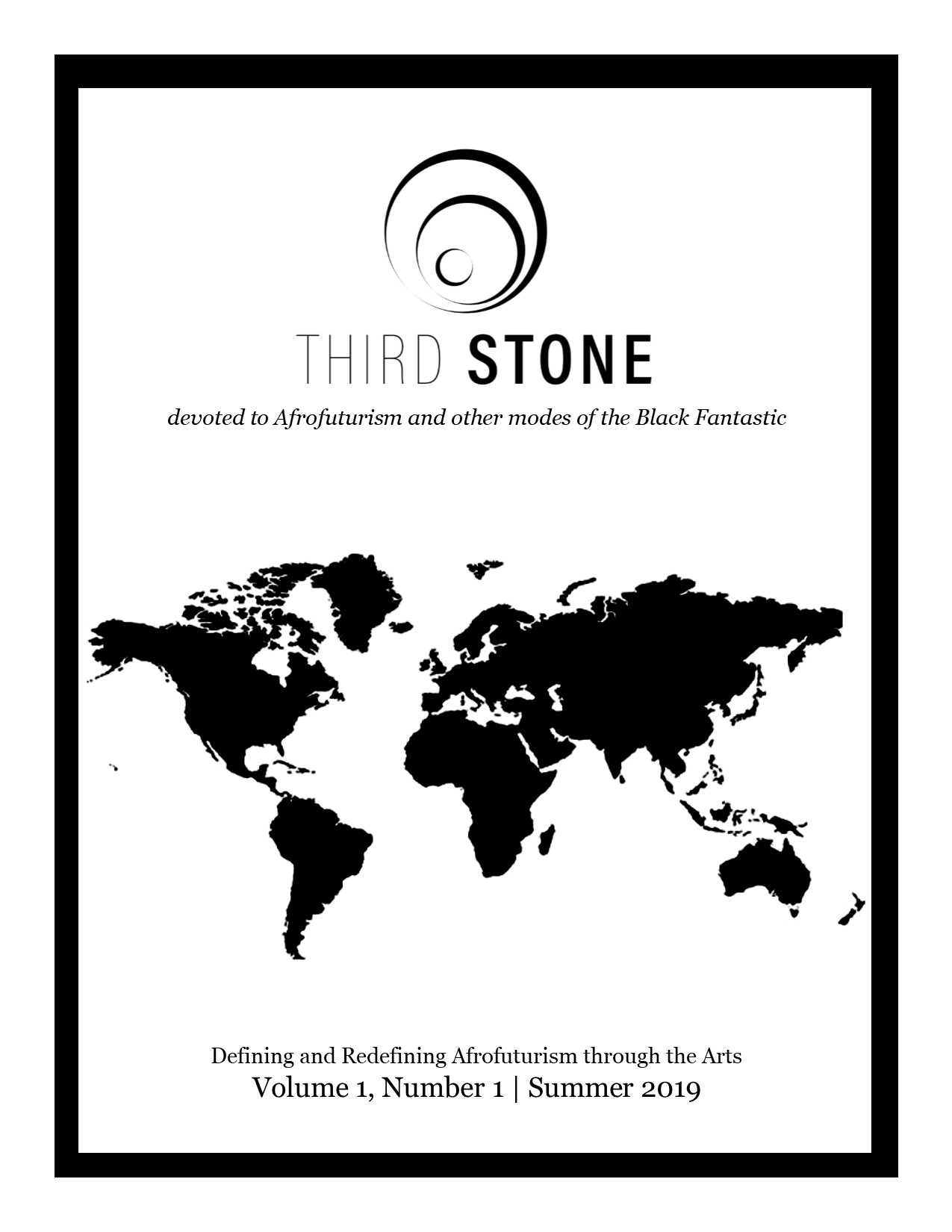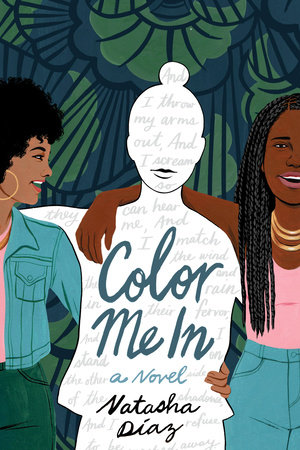#ArtistatCB: Genevieve Gaignard on “Black is Beautiful”Posted in Articles, Arts, Autobiography, Media Archive, Passing, United States, Videos on 2019-09-04 22:53Z by Steven |
#ArtistatCB: Genevieve Gaignard on “Black is Beautiful”
Crystal Bridges Museum of Art
Bentonville, Arkansas
2019-03-13
“I photograph myself to talk about how we navigate through the world and how others see us.”
Genevieve Gaignard is a Los Angeles-based artist whose work focuses on photographic self-portraiture, sculpture, and installation to explore race, femininity, class, and their various intersections. The daughter of a black father and white mother, Gaignard’s youth was marked by a strong sense of invisibility. Was her family white enough to be white? Black enough to be black? Gaignard interrogates notions of “passing” in an effort to address these questions…
Read the entire article here.









